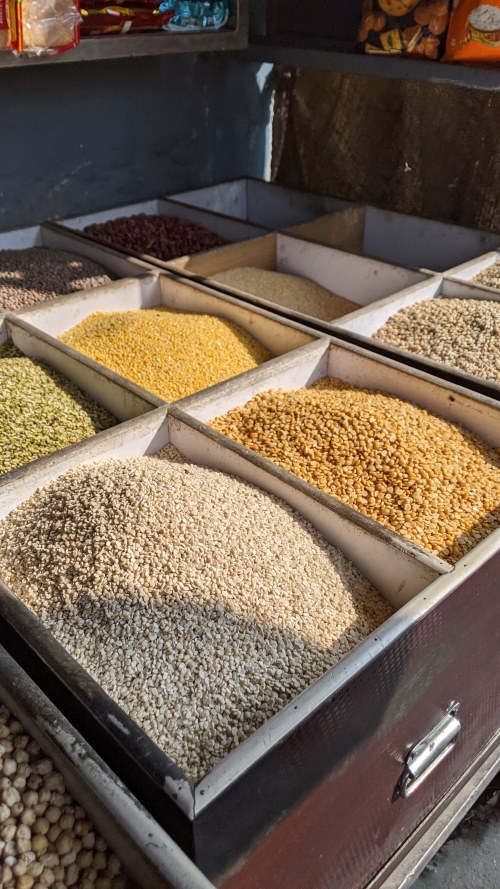Home/content/Trading Facilities
Trading Facilities

India, with its predominantly agrarian economy, relies heavily on the success of its farming community. To empower farmers and enhance their income, various trading facilities have been established across the country. These facilities play a crucial role in connecting farmers with markets, ensuring fair prices for their produce, and promoting overall agricultural growth. In this article, we explore the trading facilities available in India for farmers.
Agricultural Produce Market Committees (APMCs)
The Agricultural Produce Market Committees, commonly known as APMCs, are the primary trading hubs for agricultural commodities in India. These committees, established under the APMC Act, facilitate the buying and selling of agricultural produce in designated market areas. Farmers bring their produce to APMCs, where licensed traders, commission agents, and other buyers participate in open auctions. The APMCs aim to provide a transparent and competitive environment for trading agricultural commodities.
Electronic National Agriculture Market (e-NAM)
The Electronic National Agriculture Market, or e-NAM, is a digital platform that seeks to integrate APMCs across the country. Launched by the Government of India, e-NAM enables farmers to sell their produce online, expanding their reach to buyers beyond their local markets. This initiative promotes transparency, competition, and better price discovery for farmers. e-NAM has significantly contributed to the digitization of agricultural trading in India.
Cooperative Marketing Societies
Cooperative marketing societies are another important trading facility for farmers in India. These societies are formed by groups of farmers who come together to collectively market their produce. By pooling resources and leveraging collective bargaining power, farmers in cooperative marketing societies can negotiate better prices for their crops. Additionally, these societies often provide storage facilities and access to credit, further supporting farmers in the marketing process.
Private Mandis and Agri-Trading Platforms
Besides APMCs, there are private mandis and agri-trading platforms that operate independently. These platforms connect farmers directly with buyers, including retailers, processors, and exporters. Some companies have developed online platforms that allow farmers to list their produce, negotiate prices, and finalize transactions digitally. These initiatives aim to reduce the reliance on traditional intermediaries and provide farmers with more direct market access.
Warehouse Receipt System
The Warehouse Receipt System is a trading facility that allows farmers to use stored agricultural commodities as collateral to obtain credit. Under this system, farmers can deposit their produce in accredited warehouses and receive a receipt that represents ownership of the stored goods. This receipt can be used as collateral to secure loans, providing farmers with financial flexibility and ensuring that they can wait for better market conditions before selling their produce.
Government Procurement Programs
The Government of India runs various procurement programs to support farmers and stabilize market prices for essential commodities. The Minimum Support Price (MSP) is a key element of these programs, ensuring that farmers receive a predefined price for their produce. Government agencies such as the Food Corporation of India (FCI) actively participate in procurement operations, especially for crops like wheat and rice.
Conclusion
The trading facilities available in India for farmers play a vital role in shaping the agricultural landscape. From traditional APMCs to innovative digital platforms like e-NAM, these facilities connect farmers with diverse markets, enhance price transparency, and contribute to the overall well-being of the agricultural sector. As technology continues to advance and new initiatives are introduced, the future holds the promise of further empowering Indian farmers in the trading of their produce.